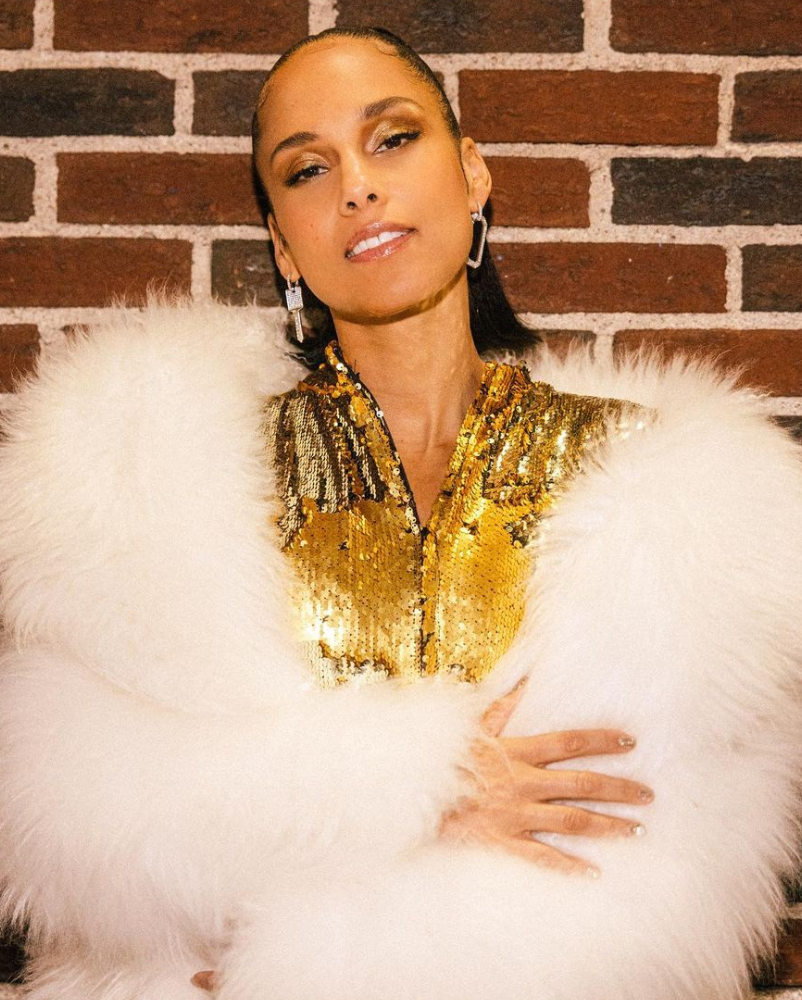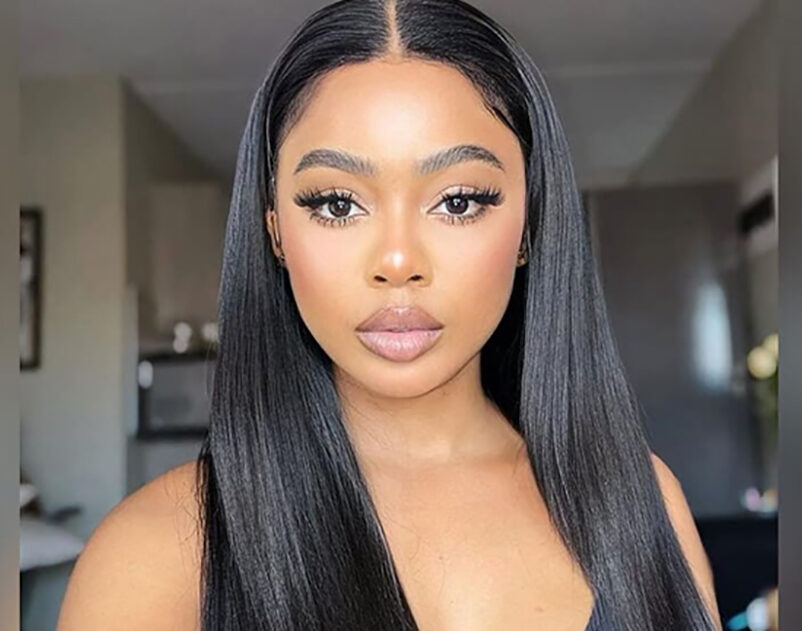
A
lthough the intent of faux fur might have been to curb animal cruelty, it still causes a stir in the fashion world. Animal advocates question the motive behind the satisfaction gained from using animal products. Recently, Kylie Jenner sparked controversy with her Schiaparelli lion’s head faux fur dress, which she wore to the brand’s Spring 2023 couture show in Paris. This sparked up the embers of this sensitive conversation again.
Animal rights activists always protest the use of real fur, but the debate over synthetic material has recently intensified. What does the future hold for this polarizing trend?
Let’s find out the ongoing fuss about faux fur and the ethics behind it
History of faux fur
Production of faux fur dates back to the early 20th century. It became a desirable substitute for real fur. Pure fur was overtly pricey and had limited supply, hence the need for a readily available and cheaper option. Thanks to significant improvements in both quality and texture throughout time, faux fur has become in high demand.
As people become more aware of how their choices affect the environment and animal welfare, this imitation fur has grown in popularity in recent years. Due to growing customer demand for ethically-made products, the faux fur sector has also been significantly impacted by the emergence of sustainable fashion.
Why you should choose faux fur over real fur
Faux fur is first thought of as a proper choice because it doesn’t necessitate the death of animals. Plus, the fact that it is composed of recyclable synthetic materials makes it a strong choice. Also, it’s less expensive than real fur, offering a more accessible option for customers who want to choose an ethical and ecological form of apparel.
Challenges
Despite the above-mentioned benefits of faux fur, there are issues with the manufacturing process and its effects on the environment. Many synthetic, non-biodegradable ingredients are used to make faux fur. The production process can be energy and greenhouse-gas-intensive. In addition, some chemicals used in the manufacture of this alternative fur are risky for factory employees and bad for the environment.
What the animal rights activists have to say
Animal rights activists have been instrumental in raising awareness about the impact of real fur production on animals and the environment. They ceaselessly advocate for consumers to choose ethical and sustainable options, such as faux fur. Although they still question the motive behind the need for a semblance of animal products in your closet or decor.
Considering the gazillion fabrics available, what’s the fuss about needing an animal derivative as our outfit? Is it the conquering mentality? Why not leave the thought of animals being ours to explore and adopt that they’re with us on earth instead? Nevertheless, some activists have been instrumental in pushing brands and designers to ban the use of real fur in their products.
Consequently, real fur has been prohibited in several high-end fashion businesses in recent years. As a brand that listens to people, it’s only reasonable to give an ear and a solution to their pain points. Customers desire more ethical and sustainable options, and fashion powerhouses like Gucci, Michael Kors, and Stella McCartney have pledged to disassociate themselves from real fur.
Controversies surrounding faux fur
The public’s response to Kylie Jenner’s Schiaparelli number, which featured a faux fur lion’s head, caused yet another stir. Advocates claimed the portrayal of animals in the fashion industry was callous, and that it supported the notion that animals are merely props to be used for human amusement. A ton of opinions on Jenner’s decision to wear faux fur were mostly critical.
Despite the trend of brands banning the use of real fur, some high-end fashion brands have come under criticism for their use of faux fur. Critics argue that the production process of faux fur can be harmful to the environment and employees. The materials used are not biodegradable and remain questionable. They also argue that the trend of using faux fur perpetuates the idea that animals are accessories to be used for human enjoyment, even if it is not real fur.
What next?
- Advancements in technology and production processes: As technology continues to advance, the production process of faux fur is expected to become more environmentally friendly and sustainable. New biodegradable materials and production techniques are being developed. These are believed to have a lower impact on the environment. Also, innovations in textile technology may lead to sustainable and environmentally friendly faux fur alternatives.
- Increasing demand for sustainable fashion: The increased demand for sustainable fashion among consumers is expected to drive the growth of the faux fur industry. Consumers are becoming more aware of the environmental impact of their fashion choices, and are increasingly seeking out products produced more sustainably and ethically. The controversy surrounding faux fur’s morality has had a big impact on the fashion business. In response to this need, more companies and designers have little choice but to move to the sustainable-living team. The sustainability of the fashion industry will probably benefit from the continuous expansion of the faux fur market, which will also encourage more ethical and conscientious customer behaviors.
In conclusion
Customers must think about how their fashion decisions affect the world around them. It is often up to shoppers to promote sustainable and ethical apparel options and push change in the fashion industry. We can influence a more responsible and sustainable future by making thoughtful decisions and assisting businesses and designers who place a high priority on sustainability. Whether faux fur stays or phases out, we should continue to live consciously and make selfless decisions for humanity’s sake.
For the latest in fashion, lifestyle, and culture, follow us on Instagram @StyleRave_
This is a Style Rave original content exclusively created for our readers. If reproduced, distributed, transmitted, cached, or otherwise used by any other publishing house or blogs, such use should provide a direct link to this source article. Use of and/or registration on any portion of this site constitutes acceptance of our Terms & Conditions and Privacy Policy.
—Read also




